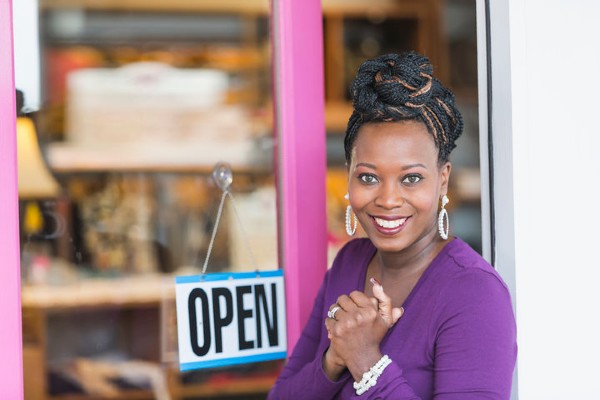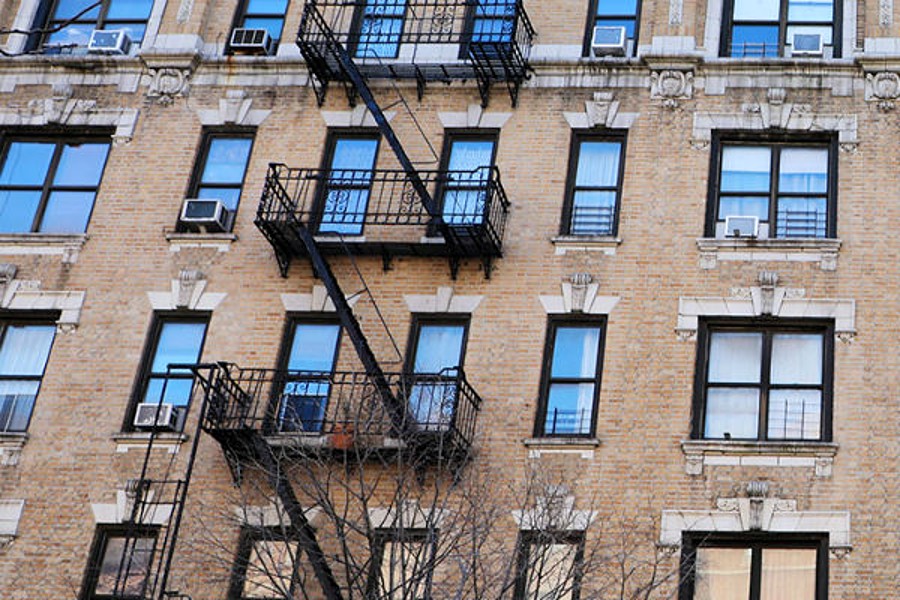 Harlem, a neighborhood steeped in black history and imbued with black culture, is at risk of losing the people and places that give this vibrant neighborhood its heart and soul.
Harlem, a neighborhood steeped in black history and imbued with black culture, is at risk of losing the people and places that give this vibrant neighborhood its heart and soul.
As we mark Harlem’s 353rd Anniversary this September, we must also accept the fact the Harlem we knew before the pandemic might never return. The pandemic has ravished this New York borough, along with many others. The question we have to ask ourselves now is, can Harlem hold on to its heritage, or will it become yet another neighborhood lost to gentrification and soulless corporate chain stores?
Same Storm, Different Boats
COVID-19 made one thing very clear – though we are all experiencing the same storm, we’re not all in the same boat. Many of us, in fact, have been trying to weather the pandemic in a dingy full of holes. Small business owners have been the hardest hit in terms of the economic fallout from COVID, and Black-owned small businesses in Harlem are facing the unbearable prospect of going under for good.
Harlem has historically been at the mercy of bad policies and negligence. From the Great Depression through to the dark days of the late 20th century, Harlem’s Black community were at the mercy of policies that led to extremely low-quality housing, high unemployment rates, and poor health- policies that were perfect examples of societal (or structural) racism. Despite these bad policies, Harlem survived. Harlem became more than just another poor neighborhood.
A Decline in Black-Owned Businesses
Unfortunately, the number of Black-owned businesses in Harlem has been in decline over the last few years, with gentrification, unemployment, and a mass exodus of African American residents to areas with better schools and better housing cited as the root causes. Melba Wilson, restaurateur and New York Hospitality Alliance President recently relayed her fears to CNN that the number of Black-owned businesses is set to fall even further as a result of the pandemic. Many businesses simply won’t be able to bounce back as quickly as is needed to pay the back-rent accumulated after months of forced shut-down.
The COVID Effect
As reported by Reuters, renowned local eateries, such as the iconic Sylvia’s, have survived thus far thanks in part to private donations and a surge of public ‘buy black’ spending in the wake of George Floyd’s death in May 2020. However, even a restaurant as well-known and well-loved as Sylvia’s was unable to turn a profit in 2020, forcing the establishment to lay off staff. Those businesses not as well established as Sylvia’s have faced a much harder struggle to stay afloat, especially those just starting out. Sadly, many a budding entrepreneur was knocked out of the running almost as soon as lockdowns were introduced in the US. Many lost their life savings. Many were unable to pay for the astronomical cost of health care. And many were needed at home to care for their children and their elderly.
Layoffs resulting from COVID lockdowns have led to a hike in unemployment across the country but is in neighborhoods like Harlem that these layoffs have been felt most acutely. And it is these layoffs that make the recovery for all Harlem businesses an uphill battle. Local businesses like Junie Bee Nails, and Harlem Skin and Laser Clinic have already had to shut down for good, and more are likely to follow in their wake. If local people don’t have spending power, local businesses won’t survive –especially businesses that appeal to a specific demographic. The difficulty in finding service jobs only compounds the issue further.
There has long been a disproportionate divide in terms of spending power between Black Americans and their white counterparts. And, once again, it is Black Americans who are truly bearing the brunt of the current economic and healthcare crisis. By 2018, the buying power of Black Americans had risen to $1.3 trillion – up from a 1990s estimate of $320 billion. But this increase is not spread equally throughout black communities, and as a result of the pandemic, we expect to see these numbers take a sharp decline.
Where is the Financial Help?
Why are white-owned businesses faring better during these unprecedented times? In part, its due to financing. Black-owned businesses are less likely to receive bank loans, and those who do manage to secure loans receive approximately half the amount that is loaned to white business owners. Even government funding during the height of the pandemic, such as the Paycheck Protection Program was difficult to secure for Black-owned businesses.
One such example is Harlem’s Lee Lee’s Baked Goods, also reported by CNN. Alvin Lee Smalls, the owner of Lee Lee’s Baked Goods, has been in business since 1988. However, even with a proven track record, Lee Lee’s Baked Goods was initially refused a PPP loan when the scheme was first launched. Lee Smalls managed to keep his bakery afloat thanks to a $10,000 grant from the Black-owned small business fund set up by Beyoncé and then finally getting a loan during the second round of PPP funding.
Corporate chains with strong financial standing are already circling overhead, waiting for the opportunity to swoop in and claim the properties that become available as small businesses are forced to close their doors. Gentrification is taking hold within Harlem, and it could make the neighborhood unrecognizable to long-term residents.
Habits are changing, too. While some establishments blossomed in the pre-COVID era, people are used to the online version of the service. This can further enhance the influence of the corporate over small businesses. It also reduces social cohesion as examples from Germany have shown where online gambling has skyrocketed despite having better public policies. These days Germans can find online casinos that don’t even require an account, as reported by NeueCasinos24, which keeps them at home gambling. Poorer and indebted citizens who do not have to go out to have their needs met will further reduce foot traffic in any establishment.
No Turning Back
Harlem has become a more attractive area to live in, especially if you’re in a high-income bracket. Crime rates have dropped to a fraction of what they were in the 70s and 80s. Public transport has improved. Housing is still cheaper here than many parts of New York.
As the new residents move in, especially those that can afford to live in the new condos that are being built in place of Harlem’s churches and historic landmarks, longtime residents are being pushed out due to rising rents and job shortages. What many of Harlem’s Black community now fear is that the history of Harlem is slowly being wiped away to make way for the more modern face of New York.
Become a Harlem Insider!
By submitting this form, you are consenting to receive marketing emails from: . You can revoke your consent to receive emails at any time by using the SafeUnsubscribe® link, found at the bottom of every email. Emails are serviced by Constant Contact








